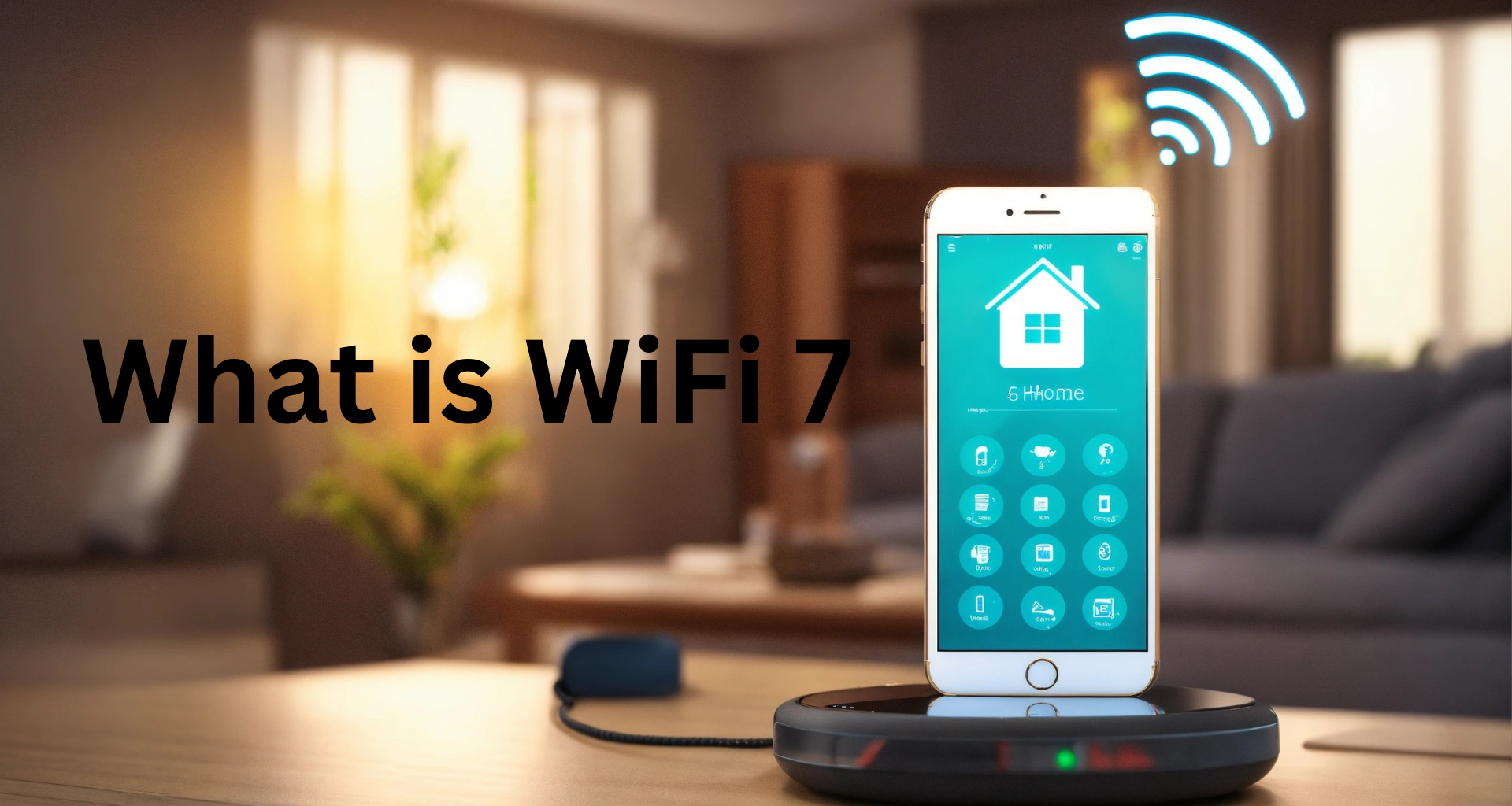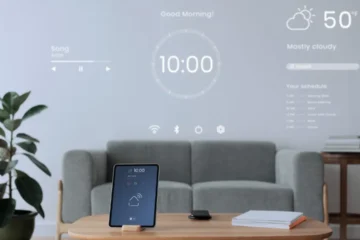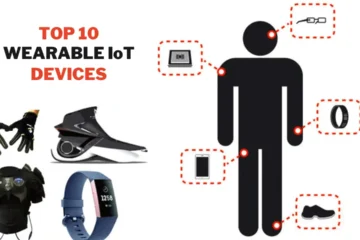What is WiFi 7 Technology
Wi-Fi 7 is here, and it’s bringing some major upgrades that could revolutionize your internet experience. Imagine speeds up to four times faster than Wi-Fi 6 and 6E! This next-generation Wi-Fi, officially known as IEEE 802.11be, doesn’t just promise faster connections; it comes packed with clever features to enhance your online life.
Advantages of WiFi 7 over WiFi 6
One of the key advantages of Wi-Fi 7 is its speed, supporting more connections, and adapting to ensure reliable low-latency performance. This translates to high-quality video streaming, improved cloud gaming, and seamless experiences with augmented reality (AR) and virtual reality (VR) applications that demand both high throughput and low latency. Wi-Fi 7 also tackles issues of congestion and interference, particularly beneficial in crowded spaces or areas with overlapping networks, making it a game-changer for enterprises and larger venues.
Is WiFi 7 better than WiFi 6?
Now, you might be wondering how Wi-Fi 7 stacks up against its predecessor, Wi-Fi 6E. Both use the same three bands—2.4 GHz, 5 GHz, and 6 GHz—but Wi-Fi 7 takes it up a notch. Here is the list of improvements of WiFi 7 over WiFi 6 :
Wider Channel Bandwidth
It introduces wider channels, allowing for more data transmission. In comparison, the 6-GHz band, which is a highlight of Wi-Fi 6E, supports channels as wide as 160 MHz. Wi-Fi 7, on the other hand, supports channels that can be as wide as a whopping 320 MHz. The wider the channel, the more data it can handle, delivering an even faster and more efficient connection.
Multi-Link Operation
One of the most exciting features of Wi-Fi 7 is Multi-Link Operation (MLO). Unlike previous standards that connect two devices on a single band, MLO combines frequencies across bands into a single connection. This means a Wi-Fi 7 router can connect to a Wi-Fi 7 device using multiple channels in different bands simultaneously. Think of it like sending traffic on both the highway and the superhighway at the same time, potentially increasing data transmission capacity.
Increase QAM
Wi-Fi 7 also supports higher Quadrature Amplitude Modulation (QAM) with 4K-QAM, compared to Wi-Fi 6’s 1,024-QAM and Wi-Fi 5’s 256-QAM. While the jump to 4K-QAM results in a 20 percent increase in peak performance over Wi-Fi 6, it’s important to note that the actual benefits depend on factors like signal strength, background noise, and interference.
Wifi 7 release date
Excitingly, Wi-Fi 7 devices and routers hit the market in early 2023. Although you won’t experience the full benefits without Wi-Fi 7-compatible devices, the routers are backward compatible, making them a smart choice for those eyeing an upgrade from Wi-Fi 6E. We’ve already seen some impressive routers, such as the TP-Link BE800 and the Amazon Eero Max 7, but more affordable options are expected to arrive soon.
On the device front, smartphones and laptops with Wi-Fi 7 are making their debut. Major chipmakers like Qualcomm, Intel, Broadcom, and MediaTek are on board, with more than 233 million Wi-Fi 7 devices anticipated to enter the market this year. So, if you’re looking to future-proof your internet experience, Wi-Fi 7 is worth considering. Get ready for a faster, more efficient, and seamless online world!
Related article What is Wi-Fi



